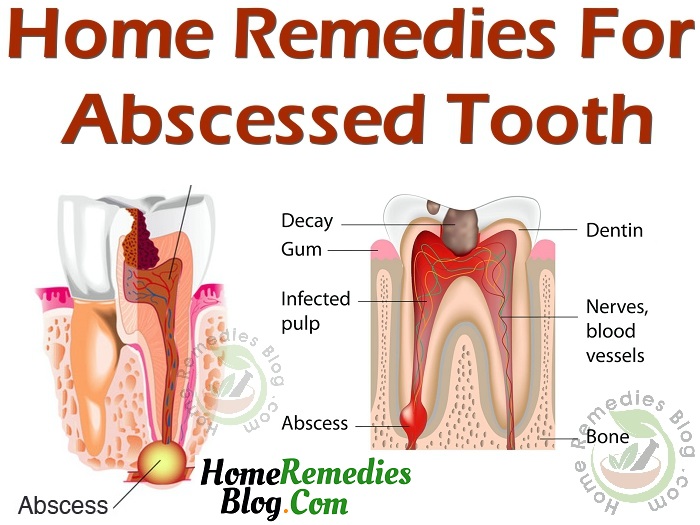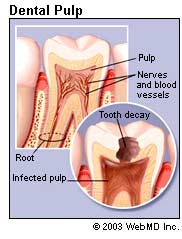Curing an abscess. Skin Abscesses: Causes, Symptoms, and Effective Treatment Options
What are the main causes of skin abscesses. How can you identify the symptoms of an abscess. When should you seek medical attention for an abscess. What treatment options are available for skin abscesses. How can you prevent skin abscesses from developing.
Understanding Skin Abscesses: A Comprehensive Overview
A skin abscess is a localized collection of pus that forms beneath the skin’s surface. These painful lumps develop when bacteria enter the skin through a cut, scrape, or hair follicle, triggering an immune response. As white blood cells rush to fight the infection, they accumulate along with dead skin cells and bacteria, creating a pocket of pus.
Abscesses can occur anywhere on the body but are most common in areas with hair and sweat glands, such as the armpits, groin, and buttocks. They vary in size and severity, ranging from small boils to large, deep-seated infections that require medical intervention.
Key Characteristics of Skin Abscesses
- Appear as round, swollen lumps on the skin
- Feel warm and painful to the touch
- Often have a soft, fluid-filled center
- May be surrounded by redness and inflammation
- Can cause fever and general malaise in severe cases
Common Causes and Risk Factors for Abscess Formation
While anyone can develop a skin abscess, certain factors increase the likelihood of their occurrence. Understanding these risk factors can help individuals take preventive measures and seek timely treatment when necessary.

Primary Causes of Skin Abscesses
- Bacterial infections, particularly Staphylococcus aureus
- Blocked or infected hair follicles
- Obstruction of sweat or oil glands
- Minor skin trauma or cuts
- Ingrown hairs
Risk Factors That Increase Susceptibility
Are certain individuals more prone to developing skin abscesses? Yes, several factors can increase one’s risk:
- Poor hygiene practices
- Weakened immune system
- Obesity
- Diabetes
- Smoking
- Chronic skin conditions like eczema
- Age (most common between 15-40 years old)
Recognizing the Symptoms: When to Be Concerned
Identifying the symptoms of a skin abscess early can lead to prompt treatment and prevent complications. While some abscesses may resolve on their own, others require medical intervention.
Telltale Signs of a Skin Abscess
- A painful, swollen lump on the skin
- Redness and warmth around the affected area
- Fluid or pus drainage from the site
- Fever or chills in more severe cases
- Fatigue and general feeling of illness
Can the appearance of an abscess vary based on skin tone? Indeed, while abscesses typically appear red on lighter skin tones, they may be more challenging to detect on darker skin. In such cases, focus on other symptoms like swelling, warmth, and pain.
:max_bytes(150000):strip_icc()/GettyImages-1830338421-8b84b36828de4d89a3efbbd451b26557.jpg)
Diagnostic Approaches: Confirming an Abscess
When a healthcare provider suspects an abscess, they employ various diagnostic techniques to confirm the condition and determine the best course of treatment.
Common Diagnostic Methods
- Physical examination: The doctor will visually inspect and palpate the affected area.
- Medical history review: This helps identify potential risk factors or underlying conditions.
- Culture and sensitivity testing: If drainage occurs, a sample may be collected to identify the specific bacteria causing the infection.
- Imaging studies: In some cases, ultrasound or CT scans may be used to assess the extent of the abscess, particularly for deep-seated infections.
Treatment Options: From Home Remedies to Medical Interventions
The appropriate treatment for a skin abscess depends on its size, location, and severity. While some small abscesses may resolve with home care, larger or more complicated infections often require professional medical attention.
Home Care for Minor Abscesses
Can you treat a small abscess at home? In some cases, yes. Here are some self-care measures that may help:

- Apply warm compresses to the area for 10-15 minutes, several times a day
- Keep the affected area clean and dry
- Avoid squeezing or popping the abscess, as this can spread the infection
- Take over-the-counter pain relievers if needed
- Monitor the abscess for signs of improvement or worsening
Medical Treatments for Skin Abscesses
For larger or persistent abscesses, medical intervention is often necessary. Treatment options may include:
- Incision and drainage (I&D): This procedure involves making a small cut in the abscess to allow the pus to drain.
- Antibiotics: While not always necessary, antibiotics may be prescribed if the infection is severe or has spread.
- Packing: After draining, some abscesses may be packed with sterile gauze to promote healing from the inside out.
- Follow-up care: Your healthcare provider may recommend wound care instructions and schedule follow-up appointments to ensure proper healing.
Preventing Recurrence: Strategies for Long-Term Management
After successfully treating an abscess, taking steps to prevent future occurrences is crucial. Implementing good hygiene practices and addressing underlying risk factors can significantly reduce the likelihood of developing new abscesses.
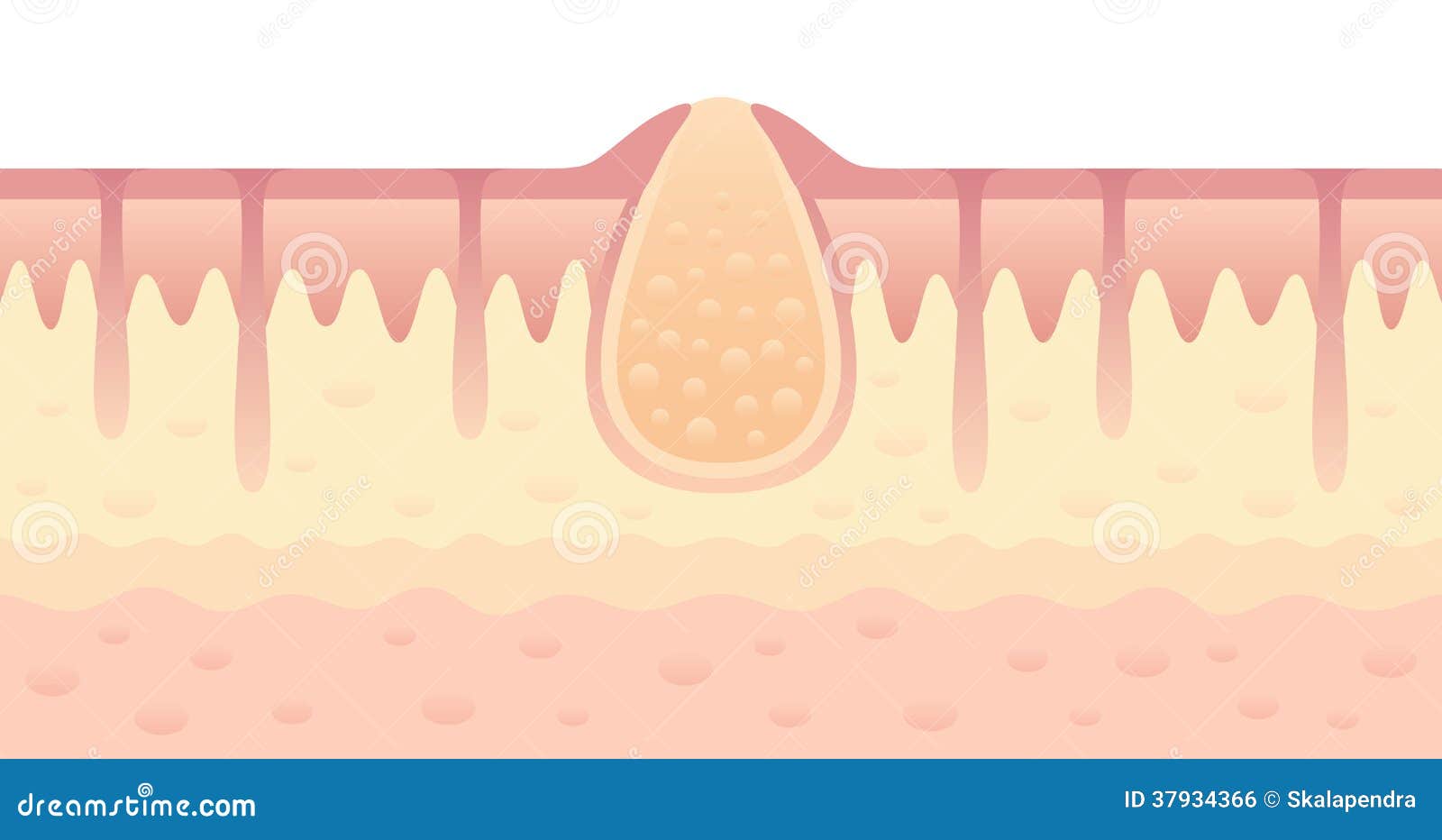
Effective Prevention Techniques
- Maintain proper hygiene, including regular handwashing and showering
- Avoid sharing personal items like towels or razors
- Treat and manage underlying skin conditions
- Keep cuts and scrapes clean and covered
- Boost your immune system through a healthy diet and lifestyle
- Quit smoking and maintain a healthy weight
- Manage chronic conditions like diabetes effectively
When to Seek Medical Attention: Red Flags and Warning Signs
While many skin abscesses can be managed at home, certain situations warrant immediate medical attention. Recognizing these warning signs can prevent serious complications and ensure timely treatment.
Situations Requiring Prompt Medical Care
Should you always see a doctor for an abscess? Not necessarily, but certain circumstances call for professional evaluation:
- The abscess is larger than 1 cm in diameter
- You have a fever or feel generally unwell
- The abscess is on your face or near sensitive areas
- Redness and swelling are spreading rapidly
- You have a weakened immune system or chronic health condition
- The abscess persists for more than two weeks despite home treatment
- You experience severe pain or difficulty moving the affected area
By staying vigilant and seeking timely medical care when needed, you can effectively manage skin abscesses and minimize their impact on your health and well-being.
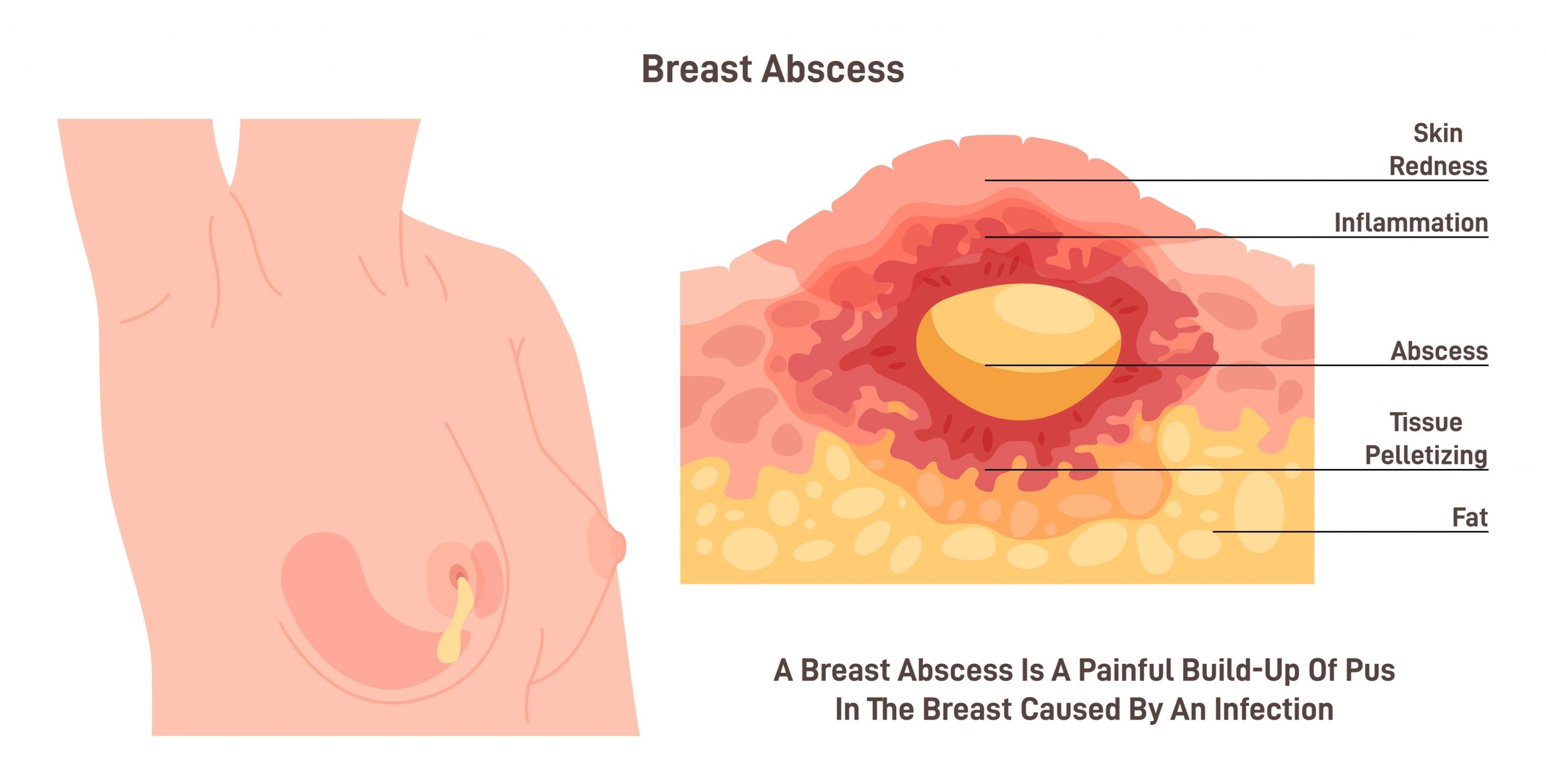
Skin abscess – NHS
A skin abscess is a painful lump on the skin that contains pus. Some abscesses go away by themselves, but you may need to get treatment from a GP.
Check if you have a skin abscess
A skin abscess is a lump or swelling on your skin that contains pus. There are different types and they can appear anywhere on your body.
A skin abscess will often be round and feel painful and warm. The middle of the lump may feel soft when touched.
Pus may leak from the abscess and you may have a high temperature.
On white skin, an abscess will often appear red. The colour of an abscess may be harder to see on brown and black skin.
Credit:
Zay Nyi Nyi / Alamy Stock Photo: https://www. alamy.com/large-carbuncle-or-abscess-at-forearm-of-asian-burmese-male-patient-image463724256.html?imageid=69C6F365-AF39-4F78-93C1-3D6D637BE3DF&p=1295683&pn=1&searchId=4a7d479b79736515b93d9424d30356c3&searchtype=0
alamy.com/large-carbuncle-or-abscess-at-forearm-of-asian-burmese-male-patient-image463724256.html?imageid=69C6F365-AF39-4F78-93C1-3D6D637BE3DF&p=1295683&pn=1&searchId=4a7d479b79736515b93d9424d30356c3&searchtype=0
Credit:
Zay Nyi Nyi / Alamy Stock Photo: https://www.alamy.com/large-carbuncle-or-abscess-at-trunk-of-asian-burmese-male-patient-image443693289.html?imageid=F279679E-5A66-4511-AC66-D73D96F25AC5&p=1295683&pn=1&searchId=e44bfaee7c7d2fe650d67350ad47df65&searchtype=0
Non-urgent advice: See a GP if you have:
- a lump that is getting bigger
- a lump anywhere on your body that lasts more than 2 weeks
- a lump that is hard and does not move
- a lump or swelling in your breast
- a lump and you have a weakened immune system or a long-term condition such as diabetes
A GP can check what could be causing the lump and if you need treatment.
Urgent advice: Ask for an urgent GP appointment or get help from NHS 111 if you have:
- a lump that is painful, red or hot, or you feel hot and shivery
- swelling or redness spreading away from the lump – the redness may be harder to see on brown or black skin
You can call 111 or get help from NHS 111 online.
Treatments for skin abscesses
Treatment for a skin abscess will depend on what type of abscess you have.
The abscess may need be drained to get rid of the pus. This usually involves a small operation to make a cut in the skin which will allow the pus to drain. You may be given a local anaesthetic so you do not feel anything when the abscess is drained.
You may also be given antibiotics if the abscess is infected.
Causes of skin abscesses
Skin abscesses are usually caused by an infection.
It’s normal to have bacteria on your skin without it causing an infection. However, bacteria can sometimes get into your skin, for example through a cut or along a hair follicle. This can cause pus to form, creating an abscess.
You may be more likely to get skin abscesses if you:
- smoke
- are living with obesity
- have diabetes
- are between 15 and 40 years old
- have a skin condition or inflammation such as eczema
Page last reviewed: 02 June 2023
Next review due: 02 June 2026
Causes, Symptoms, Tests, and Treatment
Written by WebMD Editorial Contributors
- Abscess Overview
- Abscess Causes
- Abscess Symptoms
- Abscess Treatment: Self-Care at Home
- When to Seek Medical Care
- Exams and Tests
- Medical Treatment
- Next Steps: Follow-up
- Prevention
- Outlook
- Synonyms and Keywords
- More
A skin abscess is a tender mass generally surrounded by a colored area from pink to deep red.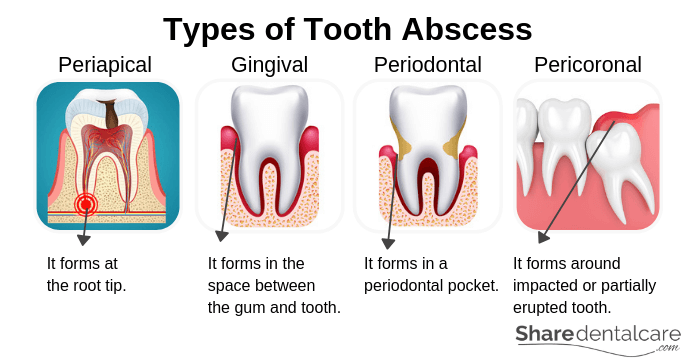 Abscesses are often easy to feel by touching. The vast majority of them are caused by infections. Inside, they are full of pus, bacteria and debris.
Abscesses are often easy to feel by touching. The vast majority of them are caused by infections. Inside, they are full of pus, bacteria and debris.
Painful and warm to touch, abscesses can show up any place on your body. The most common sites on the skin in your armpits (axillae), areas around your anus and vagina (Bartholin gland abscess), the base of your spine (pilonidal abscess), around a tooth (dental abscess), and in your groin. Inflammation around a hair follicle can also lead to the formation of an abscess, which is called a boil (furuncle).
Unlike other infections, antibiotics alone will not usually cure an abscess. In general an abscess must open and drain in order for it to improve. Sometimes draining occurs on its own, but generally it must be opened with the help of a warm compress or by a doctor in a procedure called incision and drainage (I&D).
When our normal skin barrier is broken, even from minor trauma, or small tears, or inflammation, bacteria can enter the skin. An abscess can form as your body’s defenses try to kill these germs with your inflammatory response (white blood cells = pus). Obstruction in a sweat or oil (sebaceous) gland, or a hair follicle or a pre-existing cyst can also trigger an abscess.
An abscess can form as your body’s defenses try to kill these germs with your inflammatory response (white blood cells = pus). Obstruction in a sweat or oil (sebaceous) gland, or a hair follicle or a pre-existing cyst can also trigger an abscess.
The middle of the abscess liquefies and contains dead cells, bacteria, and other debris. This area begins to grow, creating tension under the skin and further inflammation of the surrounding tissues. Pressure and inflammation cause the pain.
People with weakened immune systems get certain abscesses more often. Those with any of the following are all at risk for having more severe abscesses. This is because the body has a decreased ability to ward off infections.
- Chronic steroid therapy
- Chemotherapy
- Diabetes
- Cancer
- AIDS
- Sickle cell disease
- Peripheral vascular disorders
- Crohn’s disease
- Ulcerative colitis
- Severe burns
- Severe trauma
- Alcoholism or IV drug abuse
- Obesity
Other risk factors for abscess include exposure to dirty environments, exposure to persons with certain types of skin infections, poor hygiene, and poor circulation.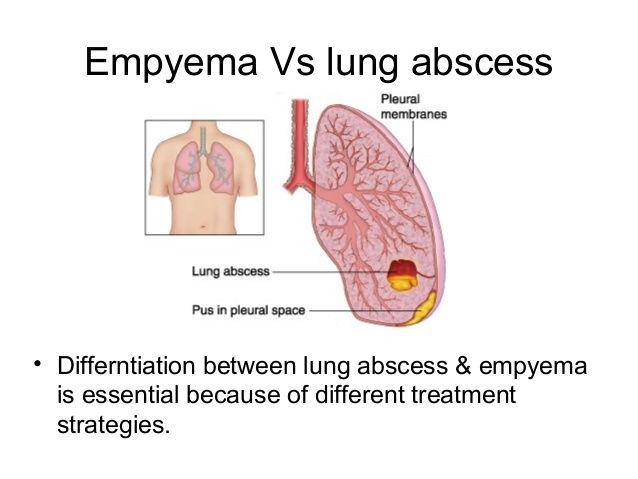
Most often, an abscess becomes a painful, compressible mass that is red, warm to touch, and tender.
- As some abscesses progress, they may “point” and come to a head so you can see the material inside and then spontaneously open (rupture).
- Most will continue to get worse without care. The infection can spread to the tissues under the skin and even into the bloodstream.
- If the infection spreads into deeper tissue, you may develop a fever and begin to feel ill.
- If the abscess is small (less than 1 cm or less than a half-inch across), applying warm compresses to the area for about 30 minutes 4 times daily may help.
- Do not attempt to drain the abscess by squeezing or pressing on it. This can push the infected material into the deeper tissues.
- Do not stick a needle or other sharp instrument into the abscess center, because you may injure an underlying blood vessel or cause the infection to spread.
Call your doctor if any of the following occur with an abscess:
- You have a sore larger than 1 cm or a half-inch across.

- The sore continues to enlarge or becomes more painful.
- The sore is on or near your rectal or groin area.
- You develop a fever.
- You notice red streaks, which can mean the infection is spreading.
- You have any of the medical conditions listed above.
Go to a hospital’s Emergency Department if any of these conditions occur with an abscess:
- Fever of 102°F or higher, especially if you have a chronic disease or are on steroids, chemotherapy, or dialysis
- A red streak leading away from the sore or with tender lymph nodes (lumps) in an area anywhere between the abscess and your chest area (for example, an abscess on your leg can cause swollen lymph nodes in your groin area)
- Any facial abscess larger than 1 cm or a half-inch across
The doctor will take a medical history and may ask you:
- How long the abscess has been present
- If you recall any injury to that area
- What medicines you may be taking
- If you have any allergies
- If you have had a fever at home
The doctor will examine the abscess and surrounding areas. If it is near your anus, the doctor will perform a rectal exam. If an arm or leg is involved, the doctor will feel for a lymph gland either in your groin or under your arm.
If it is near your anus, the doctor will perform a rectal exam. If an arm or leg is involved, the doctor will feel for a lymph gland either in your groin or under your arm.
The doctor may open and drain the abscess.
Follow carefully any instructions your doctor gives you.
- The doctor may have you remove the packing yourself with instructions on the best way to do this. This may include soaking or flushing.
- Be sure to keep all follow-up appointments.
- Report any fever, redness, swelling, or increased pain to your doctor immediately.
Maintain good personal hygiene by washing your skin with soap and water regularly.
- Take care to avoid nicking yourself when shaving your underarms or pubic area.
- Seek immediate medical attention for any puncture wounds, especially if:
- You think there may be some debris in the wound.
- The puncture wound was caused by a bite – human, insect or animal.
- You have one of the listed medical conditions.

- You are on steroids or chemotherapy.
Once treated, the abscess should heal.
- Many people require antibiotics, but you may not.
- The pain often improves immediately and subsides more each day.
- Wound care instructions from your doctor may include wound repacking, soaking, washing, or bandaging for about 7 to 10 days. This usually depends on the size and severity of the abscess.
- After the first 2 days, drainage from the abscess should be minimal to none. All sores should heal in 10-14 days.
abscess, abscesses, boils, carbuncles, furuncles, hidradenitis suppurativa, pilonidal abscess, pustules, whiteheads
Top Picks
symptoms, causes, diagnosis, treatment and prevention
Surgeon
Bokhyan
Tigran Surenovich
Experience 38 years
Surgeon of the highest category, MD, member of the International Association of Surgeons, Gastroenterologists and Oncologists
Make an appointment
An abscess is a collection of purulent contents in various tissues. Purulent inflammation is usually caused by a bacterial infection. In this case, in the process of tissue melting, a cavity is formed. The occurrence of an abscess is due to bacteria entering the tissues from the outside – through abrasions and injuries or from other infected tissues and organs. This disease differs from other similar diseases by the formation of a capsule that prevents the spread of inflammation.
Purulent inflammation is usually caused by a bacterial infection. In this case, in the process of tissue melting, a cavity is formed. The occurrence of an abscess is due to bacteria entering the tissues from the outside – through abrasions and injuries or from other infected tissues and organs. This disease differs from other similar diseases by the formation of a capsule that prevents the spread of inflammation.
According to the location of the pus, superficial accumulations are isolated in the subcutaneous fat area and deep inside the organs and deep tissues. Depending on the method of penetration of pathogenic microorganisms, there are exogenous accumulations (from the external environment) and endogenous (migration within the body of one person).
Symptoms and signs
Regardless of the location of the purulent accumulation, the symptoms of an abscess are the same:
- intoxication – fever, chills, weakness, malaise, nausea, vomiting, poor appetite, pain in muscles and joints, headaches;
- superficial location – redness and swelling of the skin immediately above the place of accumulation, pain on palpation or during movement;
- violation of the functioning of the damaged organ or corresponding tissues.

Chronic abscess does not have symptoms of an acute inflammatory process. Deeply located clusters have only general signs of intoxication and are detected by instrumental diagnostics. The most common abscess locations are:
- inside the bones – the main symptom is pain from physical exertion or when the weather changes;
- Lung abscess is manifested by shortness of breath and weak breathing. Lung abscess is often confused with pneumonia;
- in the abdominal cavity and liver is accompanied by signs of any disease of this organ;
- in the brain causes convulsions and incoordination;
- prostate abscess causes pain when urinating;
- Throat abscess causing cough spasms and pain;
- Bartholin gland abscess and others.
Cold proceeds without signs of intoxication and appears with immunodeficiencies. The sinter eliminates the presence of an inflammatory process in the tissues. Acute abscess has more pronounced symptoms in comparison with other forms.
Causes of emergence and development
The main cause of an abscess is a bacterial infection that has entered the tissues from the outside world. Bacteria enter the body due to microtraumas that violate the integrity of the skin. Such injuries include cuts and minor abrasions/scratches/damages received in the process of shaving or cutting hair, manicures or pedicures, and others. At the same time, in case of ingress of dirt or small particles in the form of a splinter, the likelihood of the formation of a purulent accumulation increases.
The occurrence of accumulation of pus can occur for other reasons for an abscess:
- migration of infection from the primary focus of infection;
- festering hematomas and cysts;
- surgical manipulations – violation of sanitary rules in the form of non-sterile devices;
- violations in the administration of medicines and preparations, for example, violation of concentration during vaccinations.

An abscess develops further under the influence of reduced immunity or circulatory disorders in the abscess area.
Forms of the disease and routes of infection
An abscess can be an independent disease, but in the vast majority of cases it acts as a complication of some underlying disease, for example, purulent tonsillitis causes a paratonsillar abscess. Pathogenic microorganisms have a lot of ways to get inside – through damage to the skin as a result of injuries and cuts, from other organs and tissues previously infected, through non-sterile equipment during surgical procedures, and others.
Forms of the disease are classified according to the localization of purulent accumulation:
- retropharyngeal abscess;
- parapharyngeal;
- paratonsillar abscess;
- subphrenic;
- soft tissues;
- periodontal;
- appendicular and others.
Complications
In the absence of timely and adequate treatment, the complications of abscesses are very dangerous for the life and health of the patient:
- phlegmon;
- neuritis;
- osteomyelitis;
- internal bleeding of vessel walls;
- peritonitis,
- sepsis as a result of purulent abscess of the appendicular region;
- purulent meningitis and others.

Clinic contact
A purulent accumulation is fraught with dangerous consequences, therefore, if there are the slightest signs of the presence of an accumulation of pus in tissues or organs, it is necessary to urgently consult a doctor. The ideal solution would be to call an ambulance.
In the center of Moscow, JSC “Medicina” (clinic of academician Roitberg) will provide you with the necessary assistance in treatment. In addition, JSC “Medicina” (Academician Roitberg’s clinic) has the ability to accommodate patients in a round-the-clock hospital and has the function of calling a doctor at home around the clock.
Diagnostics
Purulent accumulations located near the surface of the skin are easily diagnosed by external examination according to characteristic signs. Throat abscess is detected during examination by an otolaryngologist.
Diagnosis of an abscess located deep inside requires special laboratory and instrumental studies:
- biochemical blood test will show the inflammatory process in the body with an increased content of leukocytes and ESR, as well as shifts in protein fractions;
- radiography is used to detect subdiaphragmatic, intraosseous, and pulmonary accumulations;
- Ultrasonography is aimed at detecting accumulations in the abdominal cavity and liver;
- computed tomography, as an auxiliary method, detects purulent accumulations in the brain, lungs and liver, subdiaphragmatic region and inside bones and joints;
- encephalography of various forms (echo-, electro-, pneumo-) is aimed at studying the brain;
- laparoscopy and angihepatography are used as an auxiliary method for examining the liver;
- abscess puncture and culture of its contents is performed to determine the specific type of pathogen and its sensitivity to certain antibacterial drugs.

Most often, purulent accumulations are caused by streptococci, staphylococci in combination with various kinds of bacilli, but other aerobic and anaerobic bacteria are now becoming widespread.
Treatment
The key to successful treatment of an abscess lies in its timely detection. That is why it is so important to consult a doctor immediately if you have any symptoms.
Principles of treatment:
- only superficially located purulent accumulations can be treated at home under medical supervision. All other cases require hospitalization;
- opening and drainage of the area of purulent accumulation is carried out by a surgeon, it is necessary to remove the abscess;
- drug therapy is based on taking the following drugs: antibacterial agents, antipyretics, painkillers, drugs to reduce intoxication, vitamin complexes, immunomodulators and others;
- balanced nutrition, sparing bed or semi-bed rest, as well as peace;
- physiotherapy exercises, physiotherapy and spa treatment are possible as rehabilitation measures during the recovery phase.

As an aid in the treatment of subcutaneous fat suppuration, special ointments are used.
Purulent accumulations in the lungs are initially treated with broad-spectrum antibiotics, and after receiving the results of culture studies, the medications taken are corrected. In severe cases, bronchoalveolar lavage may be performed. In the absence of a positive effect of classical therapy, an abscess operation is forced to remove the affected part of the organ.
Treatment of purulent accumulations in the brain is carried out by surgical methods. Contraindications for the removal of accumulations, namely the location in the deep parts of the brain, forces the purulent content to be washed by puncture. Treatment of purulent accumulations at home with traditional medicine is unacceptable.
Prophylaxis
Abscess prevention is based on the following recommendations:
- timeliness of primary treatment of wounds and injuries;
- sanitation of foci of infection;
- strengthening immunity;
- careful observance of antiseptic and aseptic measures during surgical procedures that damage the skin.

How to make an appointment
In JSC “Medicine” (clinic of academician Roitberg) experienced specialists are receiving. You can sign up on the website, by phone +7 (495) 775-73-60. Our clinic is located at the address: 2nd Tverskoy-Yamskoy pereulok 10, Mayakovskaya metro station.
Abscess treatment – Deka Clinic in Moscow
Navigation:
Abscess can form not only in soft tissues, but also in internal organs, bone structures. So, in addition to soft tissue abscess, there is also an abscess of the lung, brain, parotonsillar (as a complication of tonsillitis), small pelvis, subdiaphragmatic, etc. In this case, we are talking about the treatment of soft tissue abscess.
Soft tissue abscess has one significant difference from other purulent inflammations (phlegmon, epiema) – the presence of an infiltrative capsule. In another way, the infiltrative capsule is called the pyogenic membrane. This refers to the membrane wall, which separates the infected area, thereby limiting the process of suppuration and tissue death. However, when there is excessive accumulation of purulent exudate and the capsule becomes thinner, rupture of the cavity and outpouring of purulent contents into the surrounding soft tissues or muscle structures may occur. In such cases, the development of another purulent inflammation (more severe) often begins – phlegmon.
However, when there is excessive accumulation of purulent exudate and the capsule becomes thinner, rupture of the cavity and outpouring of purulent contents into the surrounding soft tissues or muscle structures may occur. In such cases, the development of another purulent inflammation (more severe) often begins – phlegmon.
Causes of soft tissue abscess development
- Penetration of infection through a violation of the skin as a result of injuries, cuts, frostbite, burns; pathogens are staphylococci, Escherichia coli, streptococci, Proteus, etc.
- Non-compliance with the rules of sterility when performing medical manipulations, in particular – subcutaneous administration of infected contents with drugs or drugs that are administered only intramuscularly.
- Spread of bacteria through the lymphatic or circulatory systems in the presence of purulent foci (boils, carbuncles, pyoderma, etc.).
- Soft tissue ingestion of liquids that cause necrosis (eg, kerosene, gasoline).

Main symptoms of soft tissue abscess
In terms of local symptoms, an infiltrate without clear boundaries first forms on the surface of the skin. The area of skin over the abscess quickly turns red and swollen, and begins to hurt. A few days after the “start” of the process, a fluctuation appears, indicating the accumulation of purulent contents inside the focus. The fluctuation is determined as follows: the fingers of the right and left hands are placed in the center of the focus of inflammation, pressure is applied to the skin, while the fingers of the right hand produce light jolts, and the fingers of the left hand do not move; if there is liquid in the closed cavity, the points will be transferred to the left hand. And vice versa: the pushes that are produced by the left hand will be felt by the fingers of the right.
General symptoms include a sharp deterioration in health, fever, weakness, headache, chills, lethargy, sleep disturbance, loss of appetite. All these symptoms are non-specific and “talk” about the general intoxication of the body, which occurs due to the absorption of toxins into the blood, and is formed during the decay of the tissues of the purulent cavity. Their manifestation may also indicate the spread of a purulent process with the likelihood of developing sepsis.
All these symptoms are non-specific and “talk” about the general intoxication of the body, which occurs due to the absorption of toxins into the blood, and is formed during the decay of the tissues of the purulent cavity. Their manifestation may also indicate the spread of a purulent process with the likelihood of developing sepsis.
Why an abscess is dangerous
The biggest danger is the spread of purulent inflammation to other tissues and structures of the body. In addition to the formation of phlegmon, the above-mentioned sepsis, as well as neuritis (due to the involvement of the nerve trunk), melting of the wall of a large vessel, the transition of inflammation to bone structures and the formation of osteomyelitis can become a complication of an abscess.
Any complication of an abscess threatens to turn into very serious health problems, up to disability and death. That is why you should not deal with the treatment of an abscess on your own, and even more so try folk methods, which are enthusiastically talked about on the Internet. Such self-activity leads to very deplorable consequences, the elimination of which takes a lot of time, effort and money.
Such self-activity leads to very deplorable consequences, the elimination of which takes a lot of time, effort and money.
Treatment of soft tissue abscess
Treatment of an abscess is not difficult if you seek medical help immediately if purulent inflammation is suspected. At the initial stage of abscess formation, conservative treatment is recommended: anti-inflammatory therapy (antibiotics) and physiotherapy (UHF). Diagnostic puncture of the infiltrate helps to determine the sensitivity of microbacteria to certain antibiotics, which, in turn, allows the doctor to prescribe adequate and effective drug therapy.
If a cavity with purulent contents has already formed, an abscess is opened. Surgical treatment can be carried out in two ways: closed and open. The closed method involves a small incision through which the walls are scraped and the contents of the cavity are aspirated. An open surgical method of treatment includes the following steps: a wide dissection of tissues over the cavity, emptying and washing the cavity with an antiseptic, drainage with wide strips, daily treatment of the cavity and dressings.




